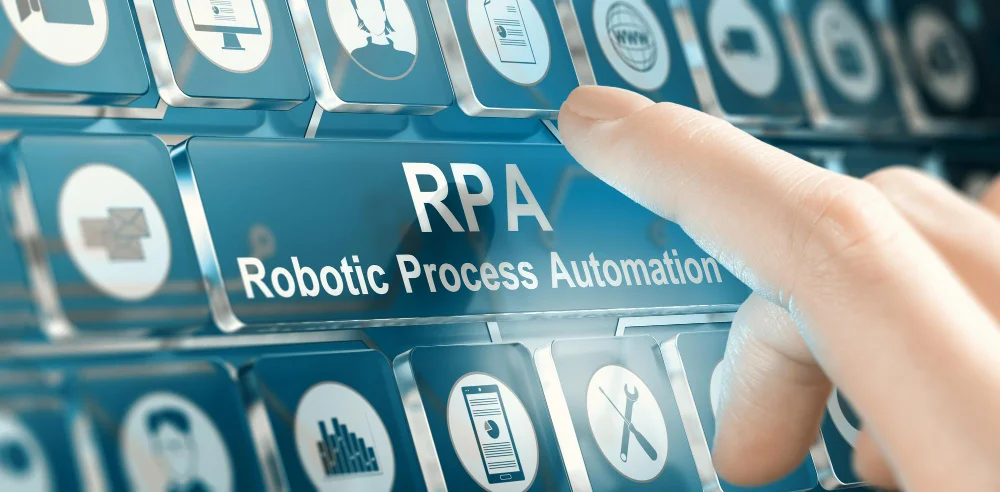With the rapidly increasing use of technology, automation of business processes is no longer a new concept. The use of Robotic Process Automation (RPA) has become common in many businesses to reduce human error, increase efficiency, and save time
RPA helps businesses automate repetitive, mundane, and time-consuming tasks so that workers can focus on more critical and creative work. Expert Dennis Bonnen shall provide a comprehensive overview of robotic process automation and how it can transform business processes.
What Is Robotic Process Automation (RPA)?
RPA is a technology that enables companies to automate repetitive and mundane tasks using an algorithm or software robot. These robots work by replicating a human’s actions in completing a particular task.
Typical RPA tasks include processing invoices, data entry, billing, and shipping. With RPA, employees can focus on more strategic and creative work that leads to tangible business outcomes.
Benefits Of RPA
One of the biggest advantages of RPA is increased productivity. By automating repetitive and labor-intensive tasks, companies can streamline business operations and free employees to complete more complex and value-adding tasks.
According to a recent study by Deloitte, RPA can allow organizations to reduce the processing time of operations by up to 90%.
RPA also reduces errors and minimizes the need for manual corrections. RPA bots can work 24/7, with the same level of accuracy and efficiency. Human workers are prone to fatigue, and there is always a chance of human error.
By automating repetitive tasks, RPA eliminates this risk and consistently produces the same results with minimal variation.
RPA can also improve customer experience and satisfaction. By speeding up processes, improving accuracy, and reducing errors, businesses can enhance the customer experience and address issues more quickly and efficiently.
As businesses continue providing better service to their customers, they are more likely to retain and attract new customers.
Implementation Of RPA
The implementation of RPA requires a lot of preparation and planning. Successful RPA implementations require the identification of the right processes to automate based on priority as well as the identification of the right technology and scope of implementation.
It is imperative to involve the right stakeholders, including the IT department, business leaders, and relevant team members. This ensures buy-in and support and guarantees that the RPA implementation aligns with company goals and objectives.
Challenges Of RPA
While the benefits of RPA are numerous, RPA implementation poses several challenges for businesses. Common issues include employee resistance to AI, difficulty in process identification, data privacy and security concerns, and the need for upskilling or reskilling employees to work with and maintain RPA technology.
Implementation can also be costly, and businesses must consider the return on investment before embarking on an RPA project.
Future Of RPA
The future of RPA is promising, and projections indicate a growth rate of RPA in the next years. Advances in AI and machine learning will enable RPA technology to perform tasks that require higher cognitive skills, including decision-making and understanding natural language.
Integrating RPA with other emerging technologies, like analytics, will give businesses more extensive insights and a deeper understanding of their operations. The future of RPA is bright, and it will play an instrumental role in driving business success.
Final Thoughts
In conclusion, Robotic Process Automation is transforming businesses’ operations and driving improvements across numerous industries. Dennis Bonnen says RPA provides businesses with many benefits, including increased efficiency, cost savings, and better customer experience.
Implementing RPA requires extensive preparation, planning, and stakeholder involvement to ensure successful adoption. While challenges to RPA implementation exist, the future of RPA is bright, and it will continue to play a critical role in driving business success.
Businesses that understand its value and invest in its future will have a significant competitive advantage over those that don’t.















